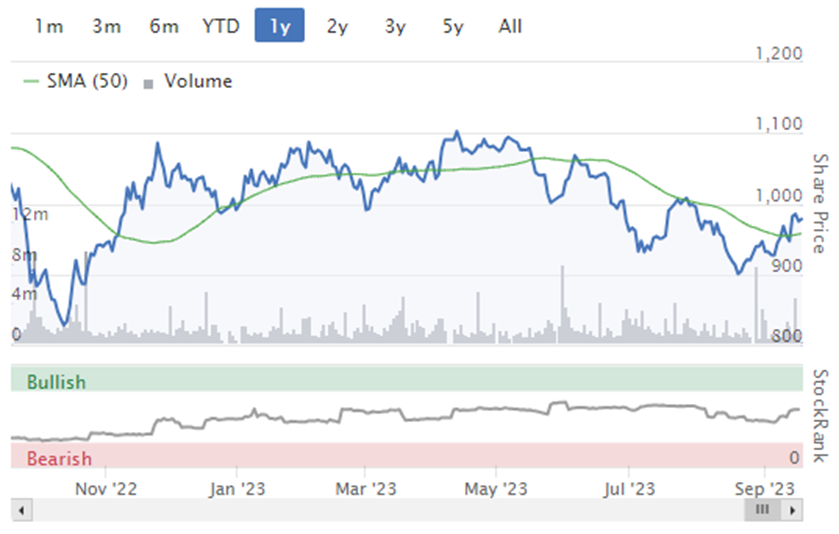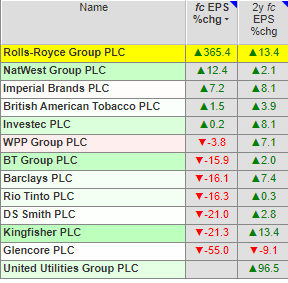Large cap Loonies
Last week, as a follow-up to my Midcap Madness screen, I looked for Small Cap Silliness – companies between £30 and £300m market cap that look simply too cheap. Here are the criteria I used to identify cheapness:
Price-Earnings Ratio Forecast 1y < 10
I want companies that are forecast to remain cheap rather than one-off inflation beneficiaries.
Dividend Yield Rolling 1yr > 5%
While this isn't designed to be an income screen, a large dividend yield is a sign of companies where the price has declined, but the company retains its dividend payout. This may indicate that company management believes that the company's future is not as bad as the market has priced.
Stockopedia QV Rank > 70
This is a sense check that I am getting stocks with reasonable Quality and Value.
Industry Group excludes "Collective Investments"
I want to look for trading businesses, so I exclude funds and fund-like stocks.
In this article, I wanted to apply these same criteria to the large caps:
Market Cap: > £3b
One of the challenges with investing in large cap companies is that it is very difficult to get an informational edge. Whereas with a small cap, investors may be among the few who speak with management or model a company's finances, large caps will be covered by multiple brokers who are experts in their sector. Gaining an edge by more accurately predicting next quarter's earnings is unlikely to be a game the individual investor can win. Instead, investors need to lean on behavioural advantages. In reality, sentiment toward a stock often changes far more rapidly than the underlying business. Take, for example, perhaps the most boring stock in the FTSE100: United Utilities (LON:UU.) This is a highly diversified regulated utility. Despite being a very stable operating business, the share price of this company has ranged from just over £8 to £11 in the last year:

The individual investor can do well buying large cap stocks when they are unloved and selling when they are in vogue (or at least less widely hated). This Screen is suitable for identifying these candidates since very few large caps get to a sub-10 P/E and 5%+ dividend yield without the prevailing opinion being that there is something wrong with them. And there often is. Just…









